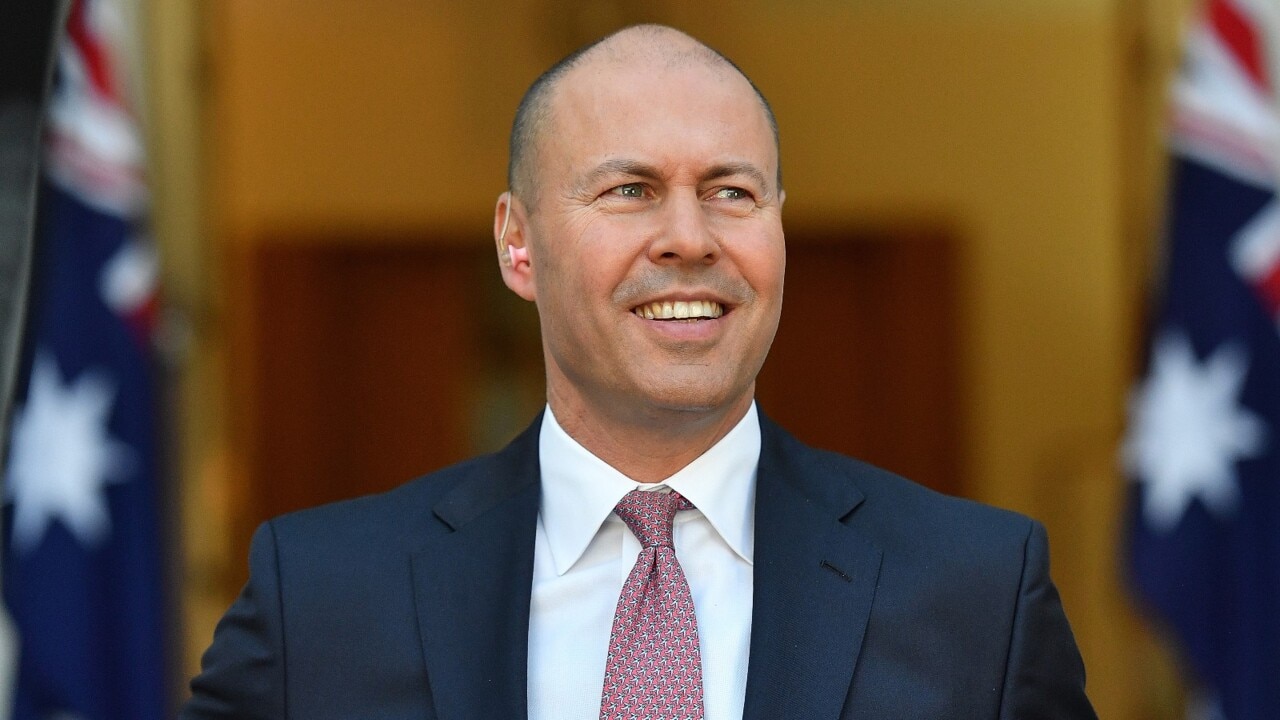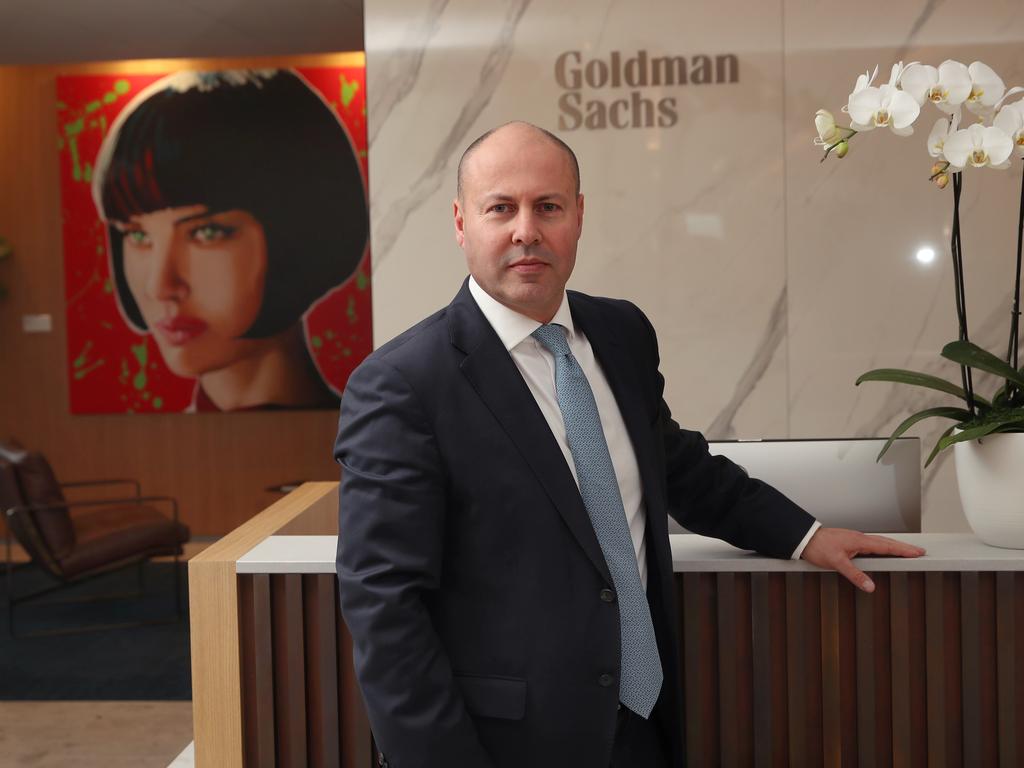Liberals will find teals hard to dislodge
It may well be that Frydenberg was all too aware how difficult the task of unseating a one-term teal might be. Removing some of the others could be even harder.

It is common for anyone lucky enough to escape from the Stockholm syndrome of politics – by force or intent – to quickly thank the gods for their departure. The grass usually is greener when one doesn’t have to spend half the year living out of a suitcase in Canberra and gets away from the invasive nature of modern politics.
It may well be that Frydenberg polled his former seat, making him all too aware how difficult the task of unseating a one-term teal might be. Removing some of the others could be even harder, suggesting the teals are here to stay at least for now. That means the Coalition will need to look elsewhere if it hopes to win a majority in its own right and dislodge Labor after one term in office – something no opposition has been able to do since 1931 during the Depression.

Many have come close. In 1984 a lacklustre opposition led by Andrew Peacock narrowed the two-party margin when challenging the first-term Hawke administration. In 1998 John Howard was re-elected with only 48.9 per cent of the two-party vote, sandbagging key seats to retain his majority despite the free fall in the Coalition’s vote. Labor’s re-election attempt in 2010 almost went belly-up, Julia Gillard capable only of securing minority government when re-elected. Politically executing a first-term prime minister makes life difficult, a lesson Liberals didn’t learn before they removed Tony Abbott in his first term and almost lost the 2016 election as a consequence. Malcolm Turnbull had to wait a week before his one-seat majority was confirmed.
While each of the last four changes of government resulted in difficult re-elections, they avoided the ignominious failure of James Scullin’s Labor government, which lost to Joseph Lyons’s United Australia Party in 1931.
The Australian way is to give new governments a second chance, even if they underwhelm. Anthony Albanese’s government, though underwhelming, hasn’t misstepped badly, notwithstanding failures in the way the voice referendum has been approached. Voters don’t like to admit they got it wrong so quickly, turfing out new governments just three years later. But the evidence suggests the public does like to give them a scare.
Coupled with the existence of the teals, this elevates the degree of difficulty for Peter Dutton to defy modern history and unseat a one-term Prime Minister. But that doesn’t mean life will be easy for Albanese. His one-seat majority at the election last year is now two courtesy of the Aston by-election victory. But that is still a more slender majority to defend than was the case for the last four governments that went backwards.
The key to the next election lies in three state distributions before then and what the new boundaries may throw up. The House of Representatives is occupied by 151 members but there will be room for only 150 after the next election. NSW, Western Australia and Victoria are facing electoral redistributions. Victoria and NSW are set to lose a seat each and WA will pick one up. The implications of the changes can’t be underestimated.
In NSW the loss of a seat will likely be somewhere in northern Sydney, now Liberal and teal heartland. It could make the Liberal Party’s job of repelling the teals even harder, or boundary changes might make one of the north shore teal seats difficult to retain, assuming one isn’t abolished altogether. My best guess is that one of the seats held by Alex Hawke, Julian Leeser or Paul Fletcher will be abolished, leaving three Liberal MPs to fight it out for two remaining electorates. Not a recipe for party unity.

Victoria picked up a seat at last year’s election, but the new electorate of Hawke won’t be abolished as quickly as it arrived. That would be too brutal a treatment of the namesake of Labor’s longest serving prime minister. Besides, Hawke is in a population growth corridor in Melbourne’s west.
Whichever Victorian seat is lost – and it is likely to be a metropolitan electorate – the implications for the metro seats that remain will be substantial. Labor holds the lion’s share of seats in Victoria but retaining that disproportionate share is an ongoing challenge, especially with the Greens continuing to press in the inner city.
If the Opposition Leader is to find a way to compete without winning back a handful of teal electorates, NSW and WA are the key states. Labor did better in the west at the last election than it has since local boy Kim Beazley was party leader. Albanese didn’t hold his campaign launch in the west for nothing. But an extra seat and tougher economic times (rising interest rates, inflation and sagging growth) could make retaining the four pick-ups (Hasluck, Swan, Pearce and Tangney) more difficult. And the seat abolished last time (Stirling) was Liberal held, perhaps a pointer to what the new electorate will look like.
If Dutton settles on trying to secure outer metropolitan Labor marginals, a NSW-first strategy will be the go. Labor holds 10 NSW seats on margins of 6 per cent or less. Team Dutton will regard all of them as winnable. While not all these seats are classified as outer metro, many are, and the remainder are coastal working-class or former Liberal heartland seats such as Howard’s former electorate of Bennelong.
There is every chance Dutton gets pigeonholed as unelectable and gives Labor a second term and a comfortable majority in the process. But that sort of landslide would defy modern history. More likely Labor emulates the experience of previous first-term governments and scrapes home, but because it will enter the campaign with a mere two-seat majority it won’t take much for it to be reduced to a minority government – forcing it to negotiate with the Greens and the teals alongside the rest of the crossbench.
That is never easy, and it may set up an Abbott-style effort by Liberals in the aftermath, painting the government as dysfunctional and beholden to the crossbench.
There are too many ifs and buts to predict what might happen at the next election, but few signs point to a result that will compliment whoever wins embracing the difficult assignment of economic reform. A lament to be sure.
Peter van Onselen is a professor of politics and public policy at the University of Western Australia and Griffith University.








Former treasurer and deputy Liberal leader Josh Frydenberg has ruled an effective line under any ambitions he might have had to return to political life, with this week’s announcement he’s taking up the chairmanship of Goldman Sachs Australia and New Zealand.